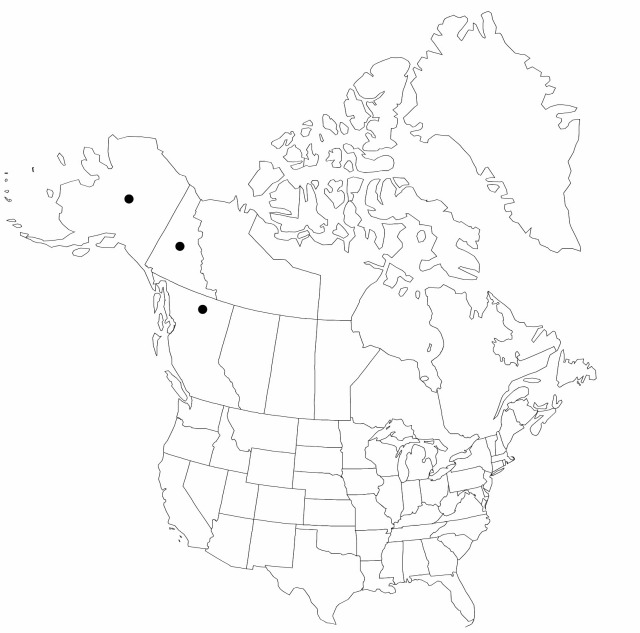Carex eleusinoides
Enum. Pl. 2: 407. 1837.
Plants cespitose. Culms obtusely angled, 15–30 cm, glabrous. Leaves: basal sheaths red-brown; sheaths of proximal leaves glabrous, fronts colorless, veinless, apex U-shaped; blades amphistomic, 2.5–3 mm wide, papillose on both surfaces. Inflorescences: proximal bract longer than inflorescence, 1.5 mm wide. Spikes erect, condensed; proximal 3–4 spikes pistillate, proximal spike 2.2–3 cm × 3 mm, base cuneate; terminal spike gynecandrous. Pistillate scales red-brown or black, equaling perigynia, apex obtuse, awnless. Perigynia ascending, white with red-brown spots on apical 1/2 or apical 1/2 black, veinless or indistinctly veined, stipitate, tightly enclosing achenes, thin-walled, ellipsoid, 2–2.2 × 1.2–1.5 mm, dull, base truncate, distended, apex rounded, glabrous; stipe to 0.2 mm; beak red-brown, 0.1 mm. Achenes not constricted, dull, base adnate to perigynium. 2n = 84.
Phenology: Fruiting Aug–Sep.
Habitat: Wet gravel, streams, and outwashes
Elevation: 0–800 m
Distribution

B.C., Yukon, Alaska, Eurasia (Siberia) to Asia (Siberia, Russian Far East).
Discussion
Carex eleusinoides is a member of the C. acuta complex based on amphistomic and amphi-papillose leaves, perigynia that are stipitate and basally distended by the achenes, and chromosome number. It differs from other western members of the group by distinctly red basal sheaths, and by absence of distinct veins on very small perigynia.
Selected References
None.
